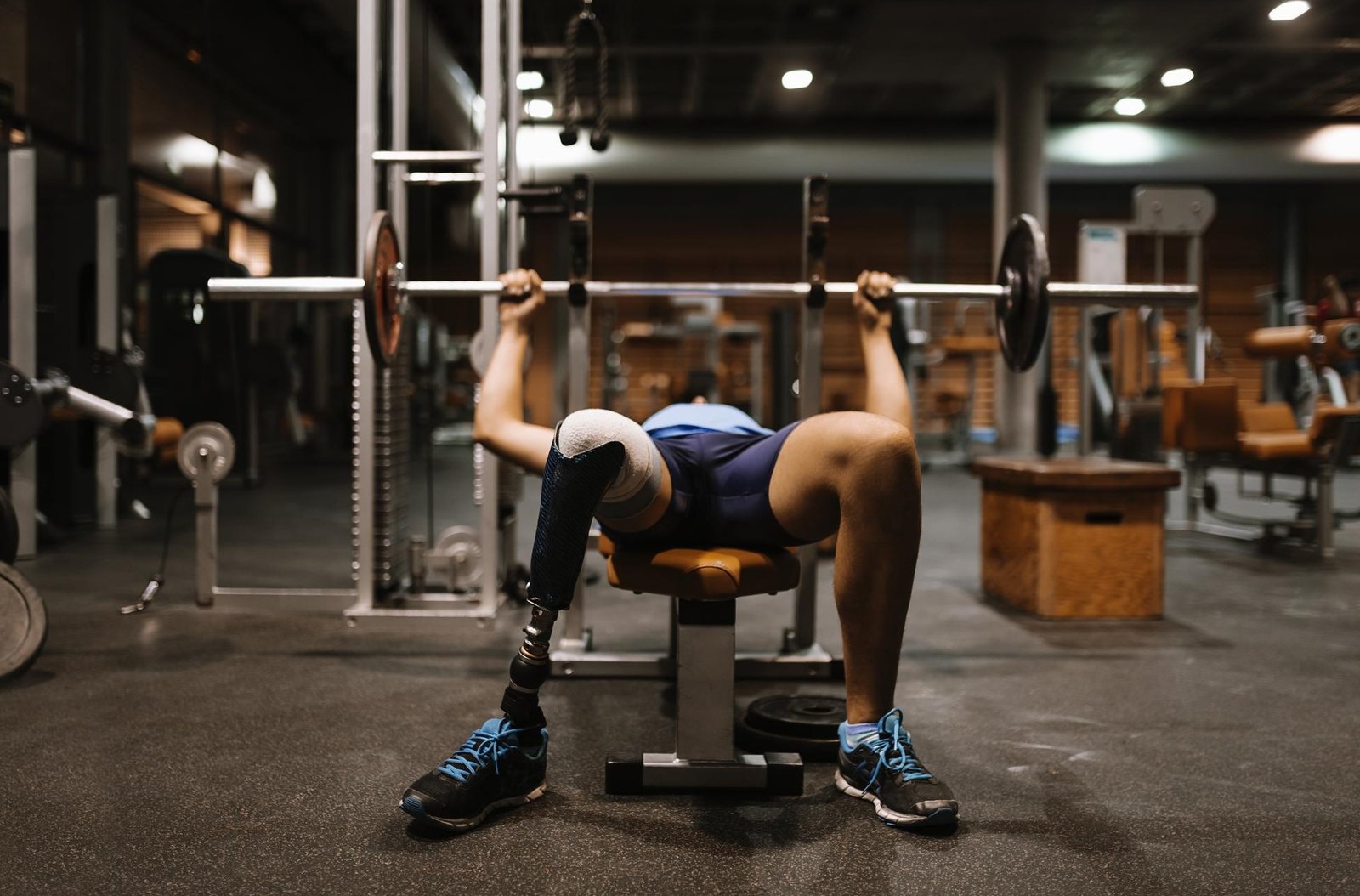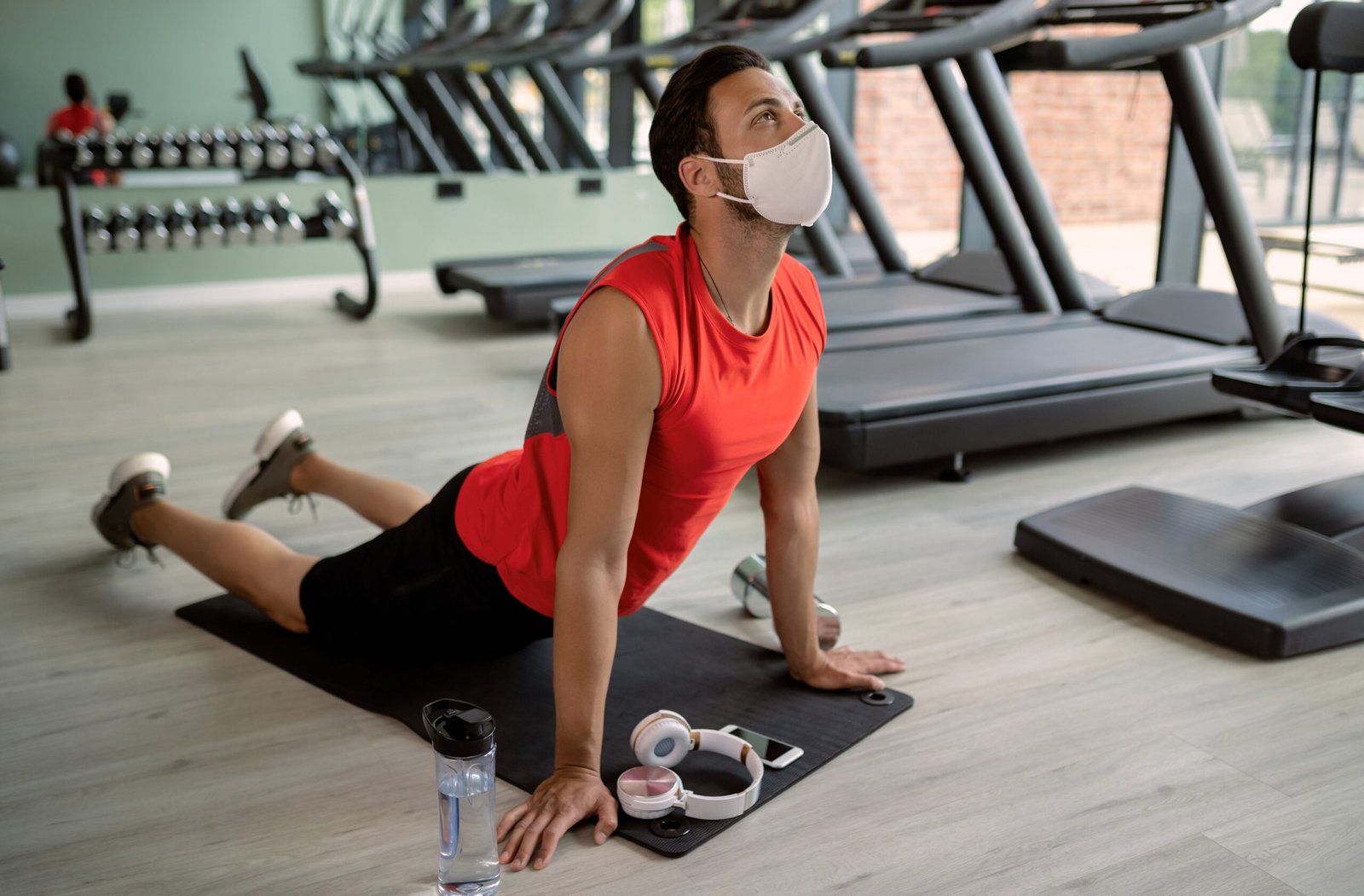Why Is A Rest Day Important for Exercise?
Positively changing your body composition requires increasing Lean Body Mass. And in order to do that, you need to prioritize rest days during the week as much as you do working out.
When you’re in the gym, your muscles are working hard and breaking down, preparing to rebuild and get stronger. That rebuilding phase is key, and it primarily happens in recovery.
No, we’re not talking about just completing a shorter workout, we mean taking a rest day. Taking a full day off, or two, or three to let your muscles recover, recharge, and rebuild. Not only will your workouts improve, but your body composition will too.
A lot of people take training seriously—always giving it their all during intense workouts day after day—but fail to have the same sentiment towards recovery days. What they don’t realize is that muscle recovery is just as, if not more important than a sweat session alone. Why? Let’s dive in.
Means and Why it Matters

When you work out, you cause microscopic damage to your muscle cells. Because of the stress and fatigue your body is under during exercise, hormone and enzyme levels fluctuate, and inflammation increases.
Those things might sound bad, but they’re not. In fact, they can lead to fat loss, an increased metabolism, increased strength, and muscle growth—but only if you properly recover.
There are a few different types of recovery: immediate, short-term, and training recovery. Think of immediate recovery as the snippets of time between movements. For instance, when you’re on a jog, immediate recovery is the time between each stride.
Short-term recovery can be thought of as the time between sets of exercises. For example, the rest periods between sprint intervals.
Training recovery is the type you should care about most, and it’s the period of time between when one workout ends and the next begins. But, suggestions on how much time that should entail is widely varied.
Research has shown that rest time isn’t one size fits all—everyone’s body is different, and you should experiment with what feels right to you. For some people, 24 hours is the sweet spot. For others, it might take 48 or even 72 hours to feel fully recovered. It depends on your age, fitness level, exercise intensity, diet, sleep, and much more.
What happens during recovery?
In simplest terms, your body goes back to normal. But it’s a little more complicated than that.
Think of homeostasis as your body’s resting rate or “normal”. Your body is always trying to return to homeostasis—keeping your core temperature regulated, blood pressure stable, and muscles nice and refreshed. During exercise, homeostasis is disturbed, meaning your body requires a period of rest to return to normal.
The process of homeostasis uses up a lot of energy, resulting in loads of calories burned. So not only is your body getting back to normal while you rest up, it’s catapulting you closer to your body composition goals.
After exercise, there is an increase in “excess post-exercise oxygen consumption” or EPOC. Essentially, our body uses up more oxygen during recovery than it does before or during exercise in an effort to replace all the oxygen used up while working out. This increase in oxygen use results in torched calories and happy muscles.
The most important part of recovery, and the one you’ll hear talked about most often, is the rebuilding of muscle. When you workout, and especially when you resistance train, tiny tears are made in your muscle fibers. In order for those tiny tears to turn into big gains, they need to repair themselves—growing even larger. This happens during—you guessed it—rest.
Beyond the basic physiological benefits, it can also help prevent injury resulting from overuse and assist in healing when injuries do happen.
And let’s not forget what some time off can do for your mental health. Taking a few days or even a week to rest can help you find the motivation you need to reach your goals and give you back that surge of energy needed to lean out, get stronger, and keep getting better.
Let’s quickly summarize what rest and recovery can do for your body:
Torch calories Build muscle Re-fuel muscles Help prevent injury Improve mental clarity and motivation
What Happens When You Don’t Rest?

So what happens when you don’t listen to your body and give it the time off it craves?
Maybe you’re really close to your goals and are scared a rest day will set you back. Or maybe you don’t feel tired or sore and think that resting would be pointless. Whatever the reason, not taking time to recover (overtraining) can have some pretty serious consequences.
Remember that inflammation we talked about earlier? When you don’t rest up, that inflammation never has time to heal, leading to potential injuries, a weakened immune system, and the potential for muscle mass loss.
Studies show that during periods of intense stress, like a really tough workout, the body’s immune system isn’t able to function fully. This means that your body will have a tougher time fighting off germs and viruses, and you might end up under a pile of tissues and cold medicines. The same studies have found that one of the best ways to prevent this is to—you guessed it—prioritize rest.
Another side effect of overtraining is burnout. Burnout is that feeling that anything (watching grass grow, cleaning out the closet) would be better than going to the gym. And it happens when you forget to take time for life outside of fitness. It happens when you don’t rest.
Not to mention how moody overtraining can make you. Constantly being on the go and under intense physical stress can really take a toll on your mood. And nobody likes being around someone who’s worn out, sore, and grumpy. Take your rest days.
Focus On Recovery: Here’s How

Everyone has different recovery needs. Some people find that going for a light cardio helps speed up their recovery, some prefer a massage, and others might opt for ice baths. There are lots of ways to exercise, and an equal amount of ways to recover.
But are all recovery techniques created equal? Let’s take a look.
Passive rest s simply taking time off and relaxing. With passive rest, you don’t actively try to recover—you simply let your body do its thing. Research shows that this type of recovery may be the best option for most people. Active recovery can be thought of as an easier workout than usual. If you’re an avid long-distance runner, active recovery may consist of a shorter run at a more leisurely pace. If you prefer to lift weights, you might opt for a 30-minute yoga session. Active recovery has been shown to be especially effective for runners, clearing out blood lactate faster than passive recovery. But like previously mentioned, this depends on personal factors and intensity. Hydration is important before, during, and after exercise. Water is recovery’s best friend because it helps flush toxins from the body and prevent dehydration, which can make soreness even worse. While there’s no official consensus on how much water you should drink daily, a good place to start is ½ your body weight in ounces. Ice baths and cold-water immersion therapy use the therapeutic effect of ice or cold water to help soothe sore muscles. Research has shown that cold-water immersion may reduce soreness and DOMS more effectively than passive rest. If you don’t have a cold-water immersion tank readily available, you may get similar relief by targeting sore areas with ice packs. Supplements such as amino acid drinks and protein shakes are garnering more and more popularity. Most people drink these intra- or post-workout, but new research has shown that consuming a high-quality protein shake pre-workout creates the largest increase of protein synthesis rates in recovery. In layman’s terms: drinking high-quality protein before a workout increases the amount of protein building (muscle repairing) that happens after a workout. If you’re considering trying other supplements, we suggest starting with the basics and then giving some of these a try. Sleep is the ultimate recovery tool—blasting fat, building muscle, and improving your body composition. When you snooze, your body goes to work making major repairs and preparing you for another day of crushing your goals. If you’re trying to change your body composition, you need to get your sleep.
Recovery Foods
Proper nutrition plays a vital role in helping you reach your body composition goals and it also helps recovery. If you want to speed up recovery and feel better faster, snack on these foods:
Chocolate milk Tart cherry juice High-Quality Whey protein (containing 6 grams of essential amino acids)
Focus On Recovery: Here’s How
Improving your body composition, by increasing Lean Body Mass and decreasing Body Fat Mass, requires more than just a few hours in the gym and sticking to a diet. If you want to look better, feel better, and perform better, you need to take rest days!
Incorporating rest days into your exercise program ensures your muscles have time to rebuild, your body can find its “normal,” injuries will be few and far between, and your body remains a fat-burning machine.
Sweat a lot, move a lot, and rest a lot—you will be able to reach your fitness goals faster and your body will thank you.
**
Kaili Meyer is a health and travel writer based in the Midwest. If she’s not writing, you can find her cuddled up with a good book, in the gym, or on a plane headed somewhere warm.

